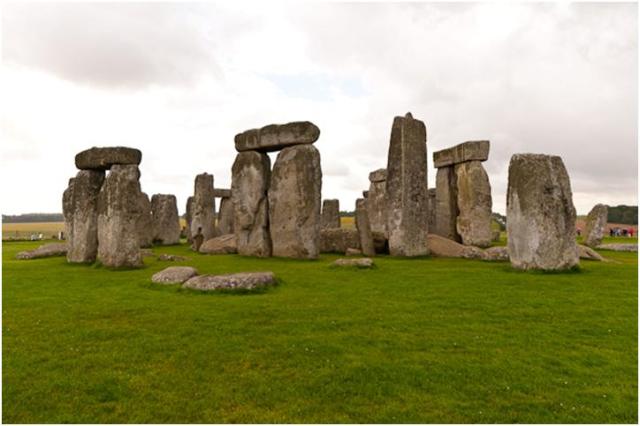Southampton is the largest city in the county of Hampshire on the south coast of England, and is situated 75 mi south-west of London and 19 mi north-west of Portsmouth. Southampton is a major port and the closest city to the New Forest. It lies at the northernmost point of Southampton Water at the confluence of the River Test and River Itchen with the River Hamble joining to the south of the urban area.
The city represents the core of the Greater Southampton region, and the city itself has an estimated population of 239,700 Southampton combines with Portsmouth to form a single metropolitan area; with a population of over a million this makes the region one of the United Kingdom’s most populous metropolitan areas. The city’s name is sometimes abbreviated in writing to “So’ton” or “Soton”, and a resident of Southampton is called a Sotonian.


Sal
We arrived in Southampton with weather alternating between rain and sunshine; sometimes within a five minute period. This was pretty much the pattern for the day. It is very difficult to know how to dress! Our guide who took us to Salisbury and Stonehenge said the British, especially here in the southern part of the country, were peculiar about their dress. Since the temperature doesn’t vary a great deal year round here, the locals dress according to the season not the weather. She said, just because you see a local wearing a t-shirt and shorts in August and it’s raining and 58 degrees doesn’t mean he is not cold, it’s just that he is dressed for the season… I am not sure I could ever get accustomed to this weather.
We left early and journeyed through several small towns and villages and finally through Salisbury before reaching the Salisbury plain and finally to Stonehenge. The scenery was beautiful even if the weather wasn’t.
Stonehenge is on the Salisbury plain, much of which is owned by the military and leased for farming. There is very little around the site except for a parking lot and a few vendors. From the parking lot you pass under the highway to reach the relic. The crowds were huge, partly due to the Olympic overflow from London.
The relics themselves compromise only a small area, but as our guide explained the original builders utilized the entire plain and similar stone circles extended for miles and miles. Some are smaller and others much larger. Stonehenge is famous simply because of it relative state of preservation.


Here are just a couple of photos of Stonehenge. I was surprised that I was able to get pictures with few people in them.
Kay, Janet, Carl and I walked out to some of the burial mounds, only about a 15 minute walk. Again the weather turned nasty and we got wet before getting back. Fortunately we were prepared!
After leaving Stonehenge we returned to Salisbury where we were able to walk the grounds of the Salisbury Cathedral and explore some of the town. Unfortunately we did not have time to go inside the Cathedral. I believe you could probably spend half a day inside. Visiting this place brings Ken Follett’s Pillars of the Earth to life.


In this detail you can see the beautiful Gothic architecture.. Also seen is the scaffolding alongside the building. Apparently restoration is underway almost 100% of the time

Some of the other local buildings were quite interesting as well.
On our return to Southampton, we asked our guide if we might be let off in town to walk back to the pier. She and the driver were very accommodating, but we were surprised that we four were the only ones who wanted to make the 20 minute walk. After leaving the bus we walked over to High Street to make our way back. On High Street is located The Bargate. This was originally part of the original wall of Southampton and a guild meeting place.

We also passed the anchor of Queen Elizabeth II, a monument on High Street.

We cut across Porter’s Lane and walked along part of the old city wall. Adjacent to the wall we stopped at the Platform Tavern where I had a pint of their microbrew “Dancing Man” this was a real ale, a style which almost disappeared but has been resurrected in Gr. Britain by a few devotees. After having the opportunity to sample one, I am glad it survives. Real ale is cask conditioned and has no added carbonation. It is not filtered or pasteurized. Due to the low carbonation, it must be hand pumped from the cask to the glass, and is served at about 50 degrees. It was an excellent brew.


After a very satisfy satisfying day, we had an excellent dinner and retired early. We will be in Plymouth tomorrow.
